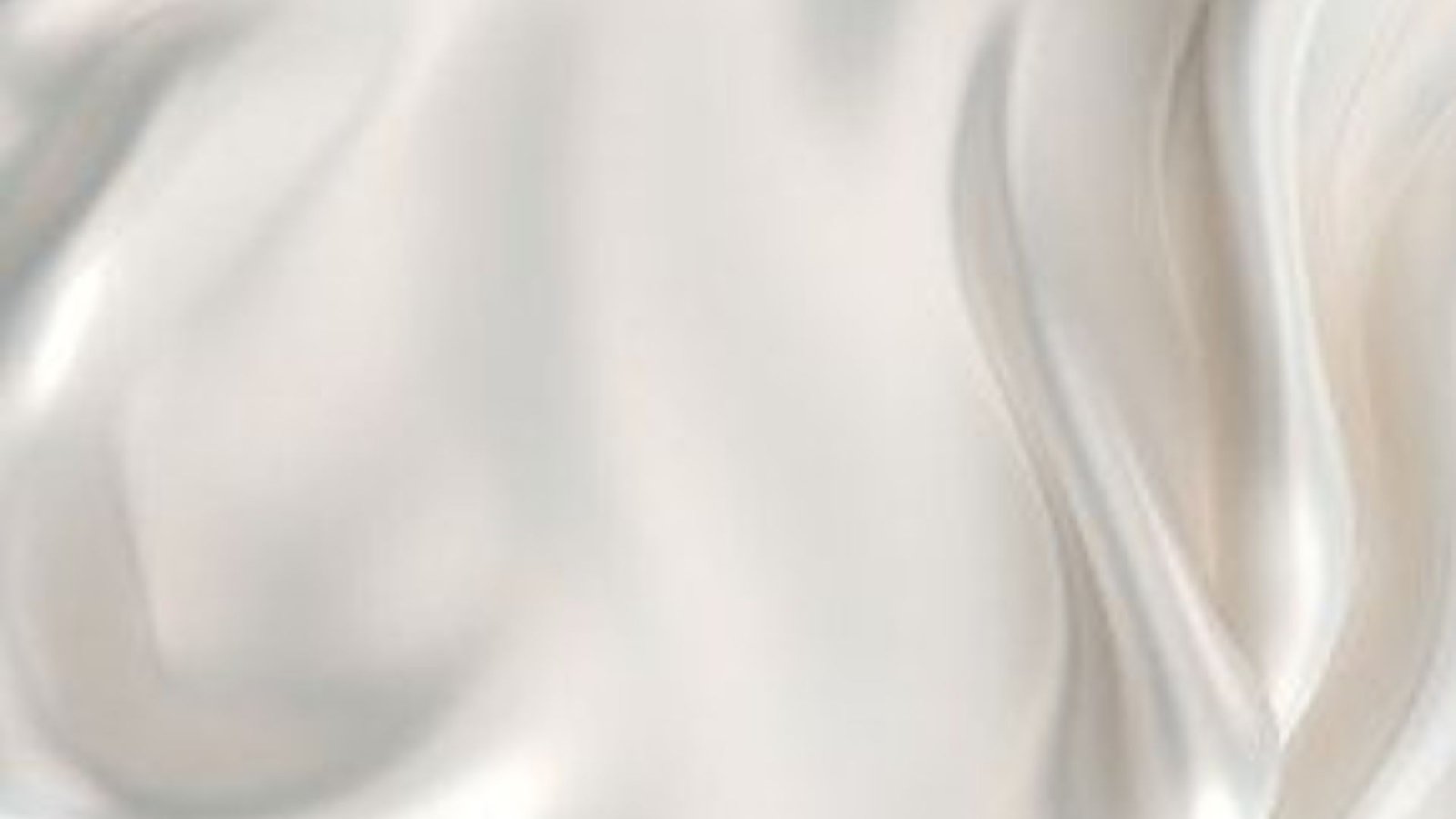Silk synthetic
Synthetic silk, also known as artificial silk, refers to a range of man-made fibers that are designed to mimic the properties of natural silk. Unlike silk, which is produced by silkworms, synthetic silk fibers are created through chemical processes using various polymers. Some of the most common types of synthetic silk include rayon, polyester, and nylon, each offering a silk-like feel and appearance at a more affordable price point.
Properties
- Texture and Appearance: Synthetic silk fibers are engineered to replicate the smooth, soft texture and the glossy sheen of natural silk.
- Strength and Durability: While generally durable, synthetic silk’s strength varies depending on the specific type of fiber and the manufacturing process. It’s usually less durable than natural silk.
- Moisture Absorption: Synthetic silk tends to be less absorbent than natural silk, making it less breathable and potentially less comfortable in warm conditions.
- Care and Maintenance: These fabrics are often more resistant to moths and mildew compared to natural silk. They can usually be machine washed, which makes them more practical for everyday use.
- Cost-Effective: One of the primary advantages of synthetic silk is its affordability. It provides a cost-effective alternative to expensive natural silk.




